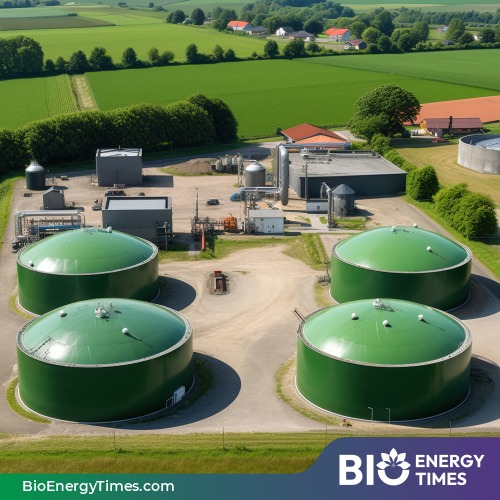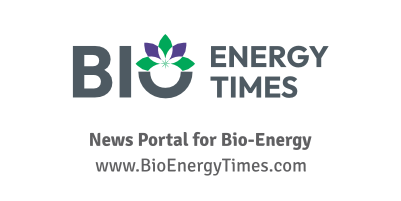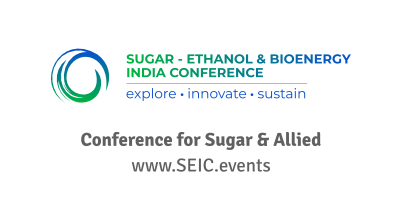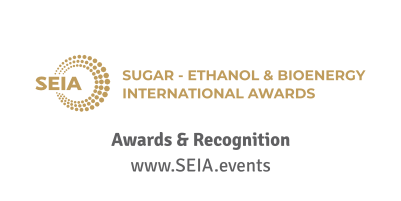OMV AG and Abu Dhabi Future Energy Company PJSC (Masdar) have signed a letter of intent to jointly develop large-scale green hydrogen and derivative production, marking a significant step in both companies’ decarbonization strategies. The partnership aims to produce synthetic aviation fuel, other synthetic fuels, and chemicals across Austria, the UAE, and northern and central Europe.
In a joint statement issued Wednesday, Masdar’s Chief Green Hydrogen Officer Mohammad Abdelqader El Ramahi said the collaboration seeks to use the combined strengths of both companies to scale up the green hydrogen value chain.
“Masdar and OMV are combining forces to produce industrial-scale green hydrogen and related products, supporting the energy transition and advancing global decarbonization goals,” he said.
OMV Executive Vice President for Fuels, Feedstock and Chemicals Martijn van Koten added, “This partnership is about turning ideas into action. By exploring opportunities in green hydrogen and synthetic fuels, we’re looking to create real business value while setting new benchmarks for sustainability in Austria and the UAE.”
Masdar, a state-owned UAE energy company, has targeted annual production of 1 million metric tons of renewable hydrogen and derivatives by 2030.
OMV, which is partially owned by the Austrian government, plans to use green hydrogen to power its refineries as part of its strategy to achieve net-zero emissions across its full value chain (Scope 1-3) by 2050. Green hydrogen is produced by splitting water using electricity generated from renewable sources.
Separately on Wednesday, OMV also announced the start of production at its first commercial-scale green hydrogen plant, located at the Schwechat refinery in Austria. The EUR 25 million ($28.3 million) facility features a 10-megawatt polymer electrolyte membrane (PEM) electrolyzer powered by hydro, solar, and wind energy.
The plant is expected to produce 1,500 metric tons of green hydrogen annually, reducing carbon dioxide (CO₂) emissions by up to 15,000 metric tons—equivalent to the yearly carbon footprint of about 2,000 EU citizens, according to OMV. The hydrogen will be used to decarbonize refinery operations and produce sustainable aviation fuel and renewable diesel.
“With this facility, we’re reinventing how everyday essentials are made—sustainably,” said van Koten. “By developing local green hydrogen production and supply chains, OMV is both advancing Europe’s climate objectives and strengthening industrial resilience.”
The facility is certified under the EU’s Renewable Energy Directive (RED II) to produce renewable fuels of non-biological origin (RFNBOs). The project received support from Austria’s Climate and Energy Fund.
In its financial report for Q1 2025, OMV posted a net profit of EUR 288 million—a 57% drop compared to Q1 2024. Net income attributable to parent company shareholders fell 70% to EUR 143 million, with earnings per share at EUR 0.44.
Sales revenue remained stable at EUR 6.22 billion, slightly down from EUR 6.26 billion year-over-year. Fuel and feedstock sales totaled EUR 3.82 billion, while energy sales stood at EUR 2.22 billion. Chemical sales rose to EUR 171 million.
OMV ended the quarter with EUR 1.34 billion in operating cash flow and EUR 317 million in free cash flow. The company reported EUR 12.68 billion in current assets, including EUR 5.68 billion in cash and equivalents, against EUR 7.74 billion in current liabilities.
Chair and CEO Alfred Stern commented, “OMV delivered a profitable performance to start 2025, despite continued market and geopolitical challenges.”
















